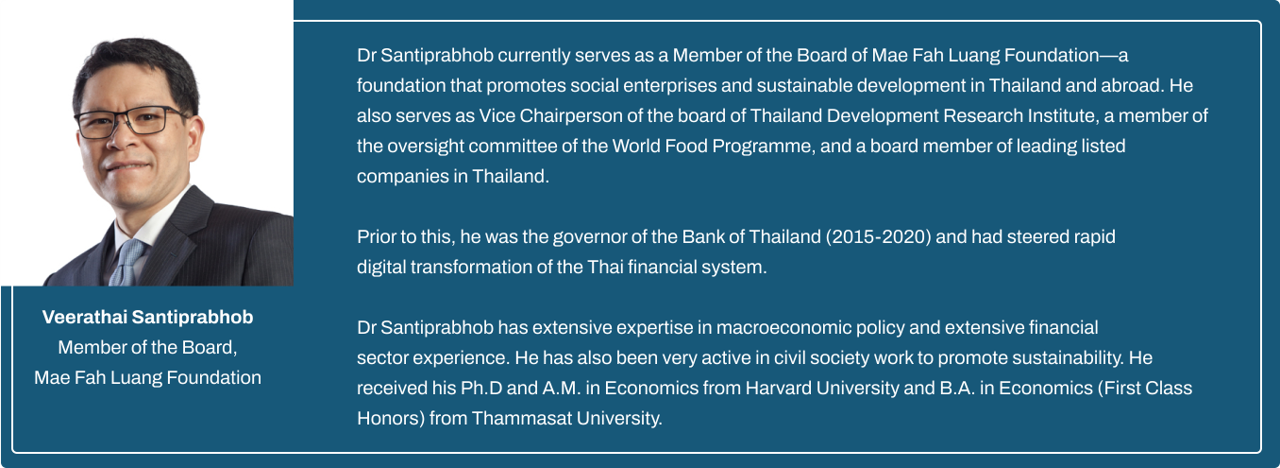In the face of continued resistance to decarbonisation initiatives at a political level, particularly in the US, asset owners must keep pushing their external asset managers and investee companies for progress on the energy transition. That means being willing to take action on portfolio mandates.
It is becoming clear to many in the global investment community that, without a much more concerted effort towards decarbonisation and the transition away from fossil fuels, climate change targets will not be met.
While the US Inflation Reduction Act (https://www.usda.gov/media/press-releases/2023/08/16/fact-sheet-marking-one-year-inflation-reduction-act) has been helpful in driving opportunities in renewable energy, without a concerted energy transition effort by fossil fuel generators, the global climate could still warm by 4-5 degrees. This would be catastrophic for many parts of Asia.
Investors have two main goals with regards to climate: lower emissions and lower portfolio risk. While investors can redirect their investment decisions to favour companies and projects that will accelerate the necessary clean technology transition, they also have a powerful opportunity to affect behaviour change, diversification and transformation among the most carbon-intensive companies.
Striking a balance between the need to reduce portfolio carbon and to engage with carbon-intensive companies is at the heart of one of the current buzz phrases around climate investing for large asset owners: portfolio alignment.
The Net Zero Investment Framework, (https://member.iigcc.org/download/net-zero- investment-framework-implementation-guide/?wpdmdl=4425&refresh=6525de69220ef1696980585) devised by the Asia Investor Group on Climate Change (AIGCC) and three partner organisations, is an accepted methodology used by investors when setting net zero targets. According to AIGCC, an investment strategy led approach, supported by concrete targets set at portfolio and asset level - combined with smart capital allocation, and engagement and advocacy activity - ensures investors can maximise their impact in driving real-world decarbonisation.
The framework puts forward metrics to assess investments and measure alignment, and requires investors to set clear, science-based targets at the portfolio and the asset class level. It also sets out implementation actions to effectively achieve portfolio alignment, meet targets and enable a broader transition towards net zero, through a combination of portfolio construction, engagement, and policy advocacy.
Regardless of the framework chosen, there are two underlying approaches in net zero investing. The first is to consider exposure to current emissions, as measured by Scope 1 and 2, as well as emissions from value chains. The second is in terms of exposure to future emissions reductions and ensuring the investor is part of the transition finance process.
Investing in solutions that will facilitate the transition of the global economy is a major part of this effort. That involves assessing transition plans, target commitments and management quality around climate change.
There’s a perceived lack of urgency, though. As GIC’s CIO Jeffrey Jaensubhakij, noted in an online interview, “for most companies, there isn’t a real need to put transition policies in place yet. So long as that need isn’t there, then the technologies that can help, or the capital expenditure that can help, won’t get spent.”
While Republican leaders in the US are continuing to campaign against activism on climate, Europe continues to lead the way. New research out of the Netherlands indicates that climate is the major factor in investor decisions to exclude companies. The researchers looked at exclusions by 150 pension funds, insurance companies and banks and compiled a list of 4,532 companies that have been excluded by 87 financial institutions in 16 countries. Among the companies most excluded by investors and banks for their investments in fossil fuels were Cenovus Energy, Suncor and ExxonMobil.
The latter’s $59.5bn deal to acquire Pioneer Natural Resources in October shows that no amount of engagement can sway some fossil fuel companies. ExxonMobil’s view is that oil and gas will continue to serve a majority of global energy demand for many years to come. Rather depressingly, it also claims that Paris climate agreement global temperature targets were unlikely to be met, without explaining how it was contributing to that failure.
The onus is on investors to keep pushing and, above all, to be very specific in ensuring investee companies are doing all they can to maximise their transition pathways. Investors can also help push regulators to create rules that are supportive of the transition.
If we want to see capital flowing to the right areas, we need that supportive environment, so that investors don’t just focus on the risk in their portfolios.
Posted 13/11/2023

















